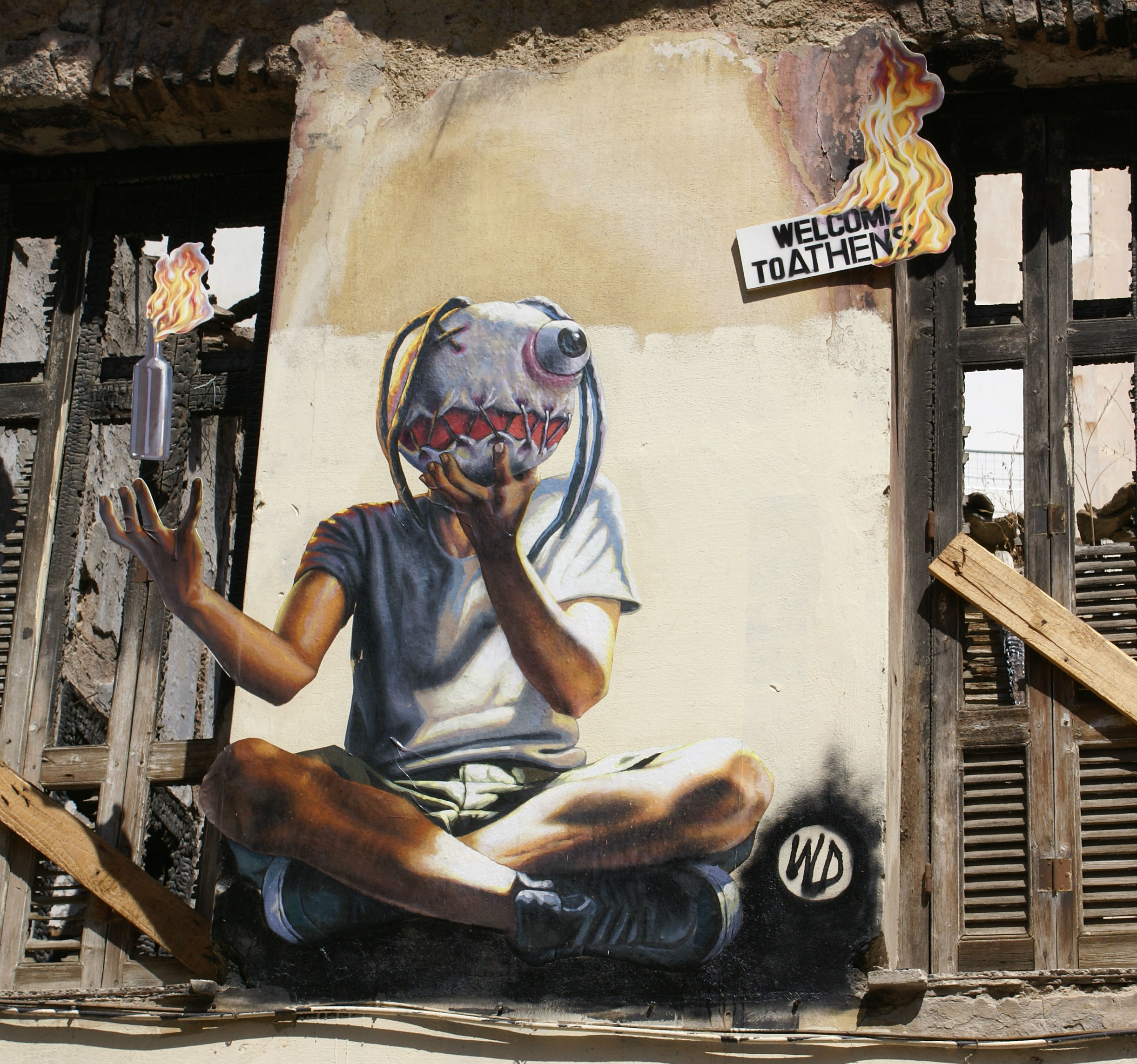
Brief description
Our ability to study, describe and think about the social world is inextricably linked with the act of looking. Theory is the establishment of a point of view and analysis within a wider interrelationship of events, as evident in the etymology of the Greek word theoria. This lexical etymology reminds us that the way that we think about the way that we think in Western culture is guided by a visual paradigm. As such, theory (theoria) is linked to viewing, looking, seeing, watching. Participants will be guided through concepts that link photography to theory (point of view, perspective, location, frame/framing, capture, representation, depiction, background, close-up/aerial view, etc.) and will be given certain prompts to practice/experiment with these concepts through photography. The objective is to reflect on our assumptions about what theory is/does and how these are constructed by colonial, heteropatriarchal, capitalist power, but also how- through photography- these assumptions and definitions of theory can be decolonised and theory transformed into a liberatory practice.
Objectives
- To understand the visual and mediatised discourses of the refugee crisis.
- To engage with the ways our understanding of the visual world shapes our ability to produce and comprehend theories.
- To explore the connections between ways of seeing and ways of knowing.
- To question our ways of looking and critically engage with how we gaze at the world? (i.e. Do we gaze from an external position of privilege? Do we adopt the gaze of the state? How do we cultivate our personal gaze?)
- To critically engage with images that represent the refugee crisis. For instance, how are refugees being captured within images of scenes of arrival?
- To reflect on what is missing from mainstream images on the refugee crisis and who/what is not being represented.
- To reflect on the proliferation of images of scenes of refugees’ arrival in contrast to the absence of images that depict refugees’ departure through deportation. That is, when refugees are forcibly removed/forced to return no one is there to photograph their violent departure.
Procedure
Duration: 90 minutes
Step 1
15 mins
Introduce participants to:
- concepts (point of view, location, frame/framing, representation, close-up/aerial view, etc.)
- the task: to create a visual representation of human mobility; borders and bordering; or stasis (staying put, being stuck).
- Point of View: Each image expresses the point of view of the photographer though the act of framing.
- Frame/Framing: “To photograph is to frame. To frame is to define the boundaries of the real, of what is representable, and what cannot be represented, in the dual meaning of what we are not allowed to represent, and what is not worthy of representation. And because of that the photograph . . . is ab initio [from the beginning] implicated in its own interpretation.” (Hani Sayed)
- Representation: Representation as proxy and as portrait (Gayatri Spivak) and its implications for photography:
- Proxy – representation as a ‘speaking for’, a ‘standing in for’, a substitution (e.g., representative democracy)
- Portrait – re-presentation, as in art, or philosophy)
- Photograph: simultaneously proxy and a portrait (substitutes for, and re-presents the photographic event: what happened, and in some sense still is happening in the photograph).
- Close up/aerial view: in ‘crisis as appearance’ we saw how point of view (aerial view) encourages a state vision, naturalised by the points of view and images that they produce.
Step 2
45 mins
Using digital cameras (mobile phone cameras are ok), participants are asked to take a series of photographs representing the above-mentioned themes experimenting with the above-mentioned concepts. Of these, participants are asked to choose one.
Step 3
30 mins
The participants present their chosen photograph to the group. A discussion ensues.
Necessary Materials
- Projector and laptop/special online platform or application
- Digital cameras (mobile phone cameras ok if digital cameras are unavailable)


